Retro Replay Review
Gameplay
Death in the Caribbean delivers a classic text/graphics adventure experience that will feel instantly familiar to veteran explorers of the genre. You begin with a simple command prompt and a brief textual description of your surroundings, tasking you with unearthing pirate gold hidden somewhere on an unnamed Caribbean isle. From the outset, the game strikes a satisfying balance between exploration and puzzle-solving, as you wander through sun-bleached coves, dense jungle trails, and an infamously tricky maze.
(HEY YOU!! We hope you enjoy! We try not to run ads. So basically, this is a very expensive hobby running this site. Please consider joining us for updates, forums, and more. Network w/ us to make some cash or friends while retro gaming, and you can win some free retro games for posting. Okay, carry on 👍)
The heart of the gameplay lies in its puzzles, which range from straightforward “find an object and use it” challenges to a devilishly clever cryptogram that will have even seasoned adventurers scratching their heads. Early on, tasks are clear-cut and serve as a warm-up—collect a machete to hack through brush, use a torch to light dark passages—but as you delve deeper, the logic becomes more intricate. Expect to backtrack, map out routes by hand, and compare notes on your various discoveries as you inch ever closer to that chest of doubloons.
Navigation can be a test of patience, especially when confronting vicious alligators or solving the maze that sprawls beneath the island. Death in the Caribbean doesn’t hold your hand; you’ll need to pay close attention to textual clues and visual hints. The command parser is forgiving, but not lenient—if your phrasing is off, the game will simply respond with an unhelpful “I don’t understand that.” This demands precision and a willingness to experiment with synonyms, prepositions, and even archaic commands you haven’t typed in years.
At around 30 hours of playtime, this title offers a generous length that rewards methodical exploration. Floppy disk swaps (four disk sides in total) are part of the ritual, invoking the tactile nostalgia of a bygone era. While this can impede the pace, many players will find that pausing to reload disks only heightens anticipation for the next breakthrough.
Graphics
Graphically, Death in the Caribbean wears its retro roots on its sleeve. The game’s screen is split into two distinct sections: an upper window where visible pen elements gradually construct each scene, and a lower command line accompanied by a brief text description. Watching the outline-and-fill process unfold—shape by shape—remains oddly captivating, as if the island itself is being drawn around you in real time.
Scenes range from detailed shoreline vistas to claustrophobic cave interiors, all rendered in a limited palette alongside crisp, geometric lines. There’s a charm in these minimalist illustrations that modern high-fidelity graphics often lack; every pixel feels purposeful. The progression—from the stark outline to the final colored shape—adds dramatic tension, creating short vignettes that bookend your text-based interactions.
Despite their simplicity, the visuals serve their purpose exceptionally well. You’ll know at a glance when you’ve entered the alligator-infested swamp or discovered a hidden alcove behind vines. While there’s no animation beyond the drawing process itself, this design choice keeps system requirements low and ensures that load times between screens remain brief, even during frequent disk swaps.
Overall, the visual style emphasizes function over flash. The modest graphics may not win awards for realism, but they complement the gameplay and narrative perfectly, encapsulating the essence of early adventure titles without overreach.
Story
The narrative of Death in the Caribbean is straightforward yet addictive. You assume the role of an intrepid treasure hunter, drawn to an uncharted island rumored to conceal the legendary Doubloons of Captain Blackthorne. As you traverse the landscape—from sun-drenched beaches to ominous grottos—the promise of untold riches drives every decision and exploration.
Dialogue is sparse, delivered through succinct text descriptions rather than fully voiced characters. This sparse approach leaves plenty of room for imagination, allowing you to fill in character motivations and island myths on your own. Environmental storytelling takes center stage: a half-buried crossbone here, a rusted lockbox there, each hint nudging you forward in your quest for gold.
The pacing keeps you invested, with new locations and hazards revealed at a steady clip. Puzzles often tie directly into the story—deciphering a pirate’s coded diary might unlock the path to a hidden lagoon, while fashioning a lever from driftwood and rope grants access to a secret catacomb. Although the overarching plot doesn’t veer into unexpected twists, the sense of discovery remains strong throughout.
By the time you reach the final chest, you’ll have mapped nearly every corner of the island and overcome challenges that test both logic and patience. The story culminates in a satisfying payoff, with the final reveal of pirate gold offering a moment of genuine triumph—provided you’ve kept detailed notes and persevered through the game’s tougher puzzles.
Overall Experience
Death in the Caribbean stands as a testament to the enduring appeal of old-school adventure games. It doesn’t attempt to rewrite the rulebook or dazzle with cutting-edge graphics; instead, it refines the familiar tropes of its predecessors into a well-crafted treasure hunt that demands curiosity and critical thinking. Fans of text and graphics hybrids will feel right at home, while newcomers may find the learning curve steep but ultimately rewarding.
The combination of a classic command parser, pen-drawn visuals, and a well-paced series of puzzles creates an immersive atmosphere that few modern titles can replicate. Even the floppy disk exchanges, once seen as an annoyance, become part of the ritual of exploration—pausing to swap disks is like turning the page of a challenging paperback adventure novel.
That said, the game’s refusal to innovate beyond established formulas may disappoint players seeking radical new mechanics or cinematic flair. The cryptogram puzzle in particular borders on exasperating, and some may balk at spending 30 hours—and multiple replays—to piece together every clue. However, for those who relish meticulous exploration and incremental triumphs, Death in the Caribbean offers hours of engrossing gameplay.
In an age of instant gratification, this title is a reminder that patience and attention to detail can yield some of the most memorable gaming experiences. If you’re ready to chart your own course through pirate-infested waters and tackle puzzles that reward perseverance, Death in the Caribbean is well worth the voyage.
 Retro Replay Retro Replay gaming reviews, news, emulation, geek stuff and more!
Retro Replay Retro Replay gaming reviews, news, emulation, geek stuff and more!
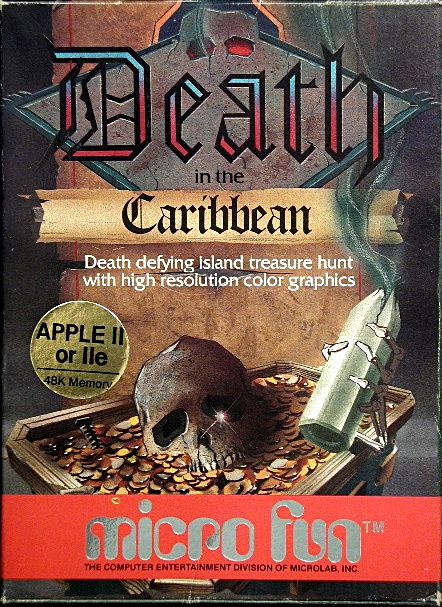
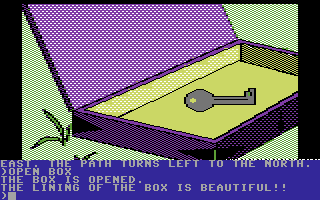
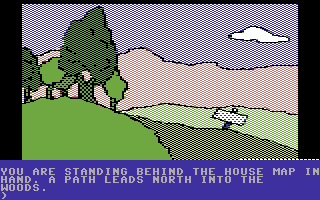
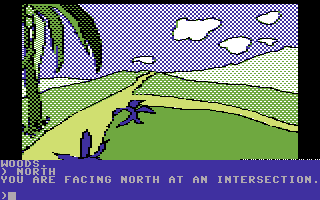
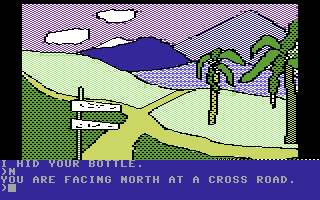
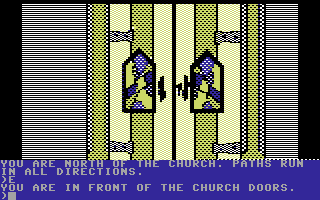



Reviews
There are no reviews yet.